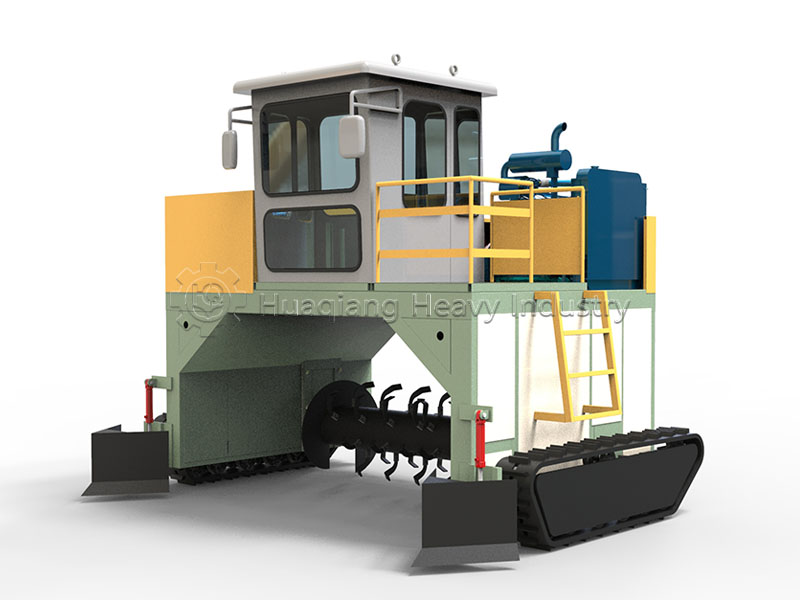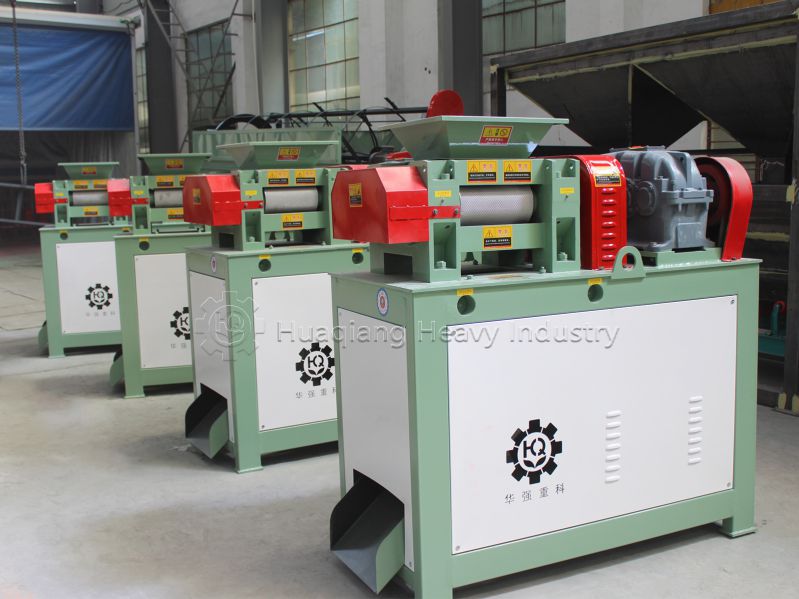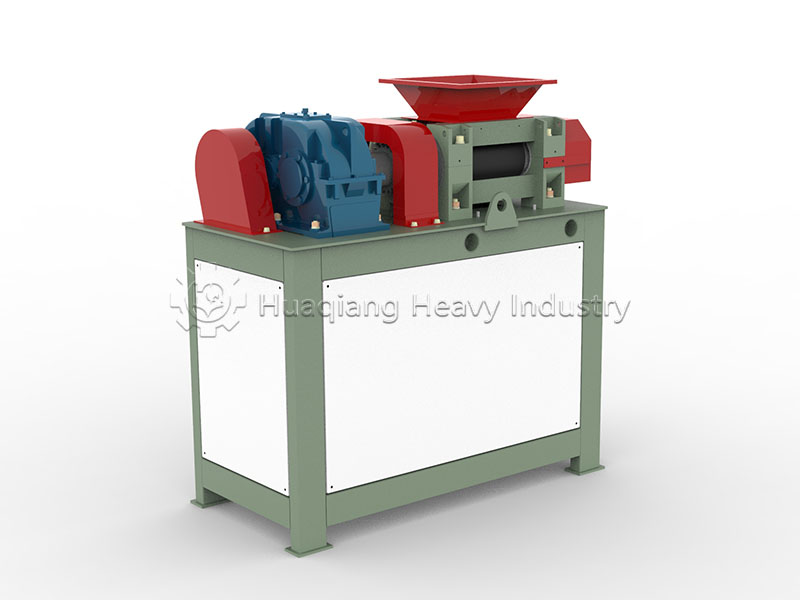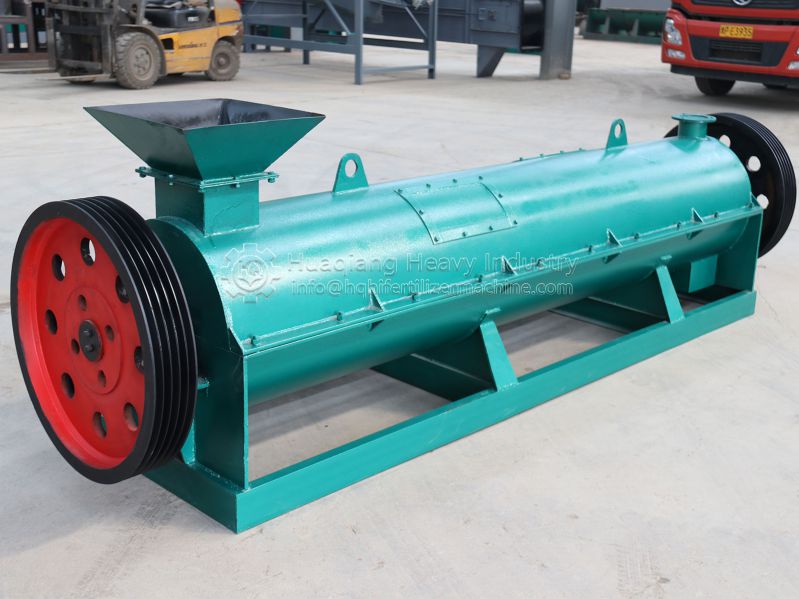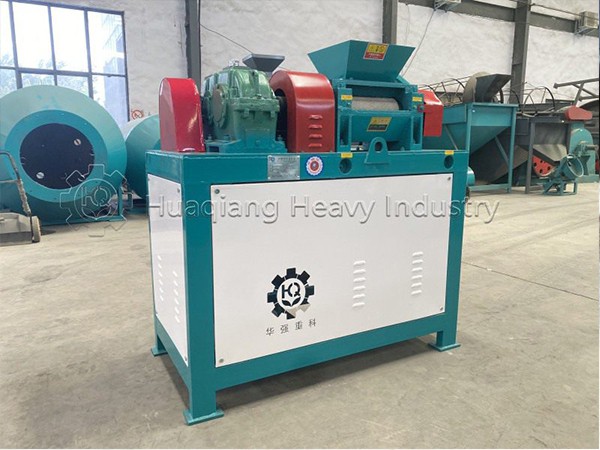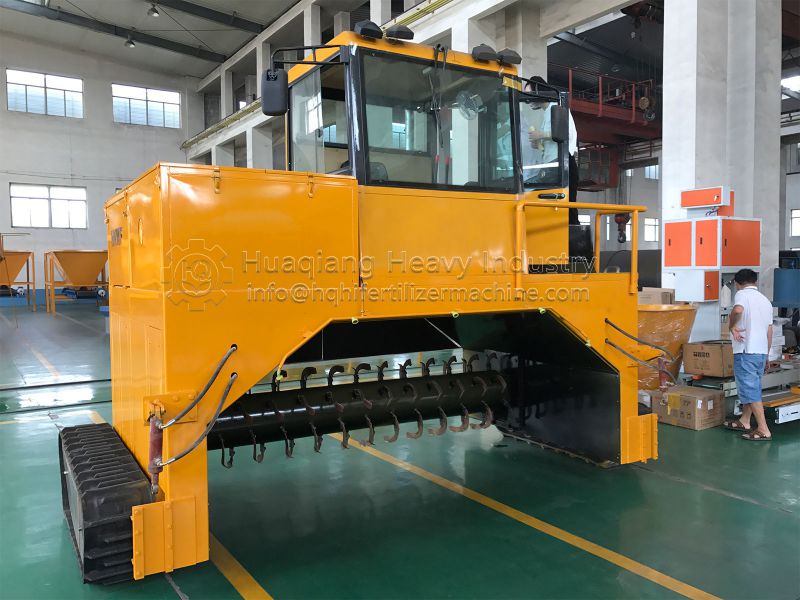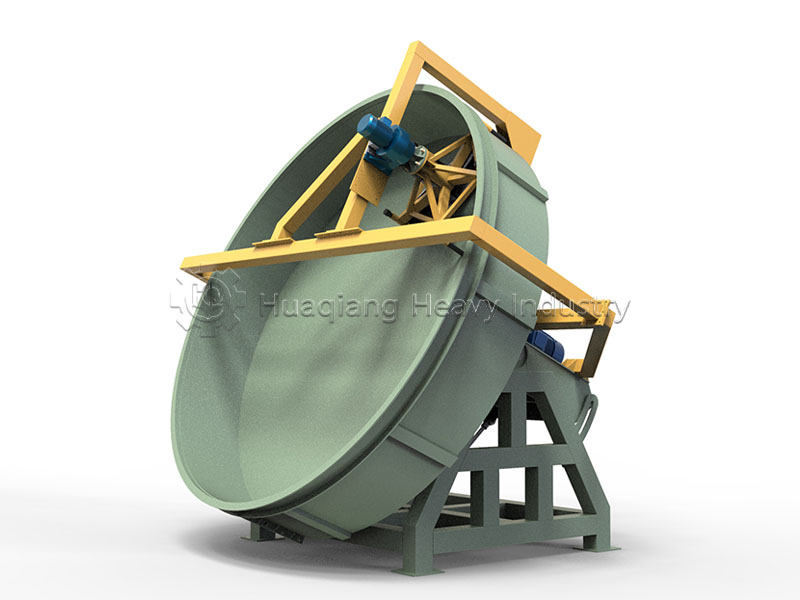Windrow compost turning machines offer a standardized, complete process for recycling chicken manure
Chicken manure, a common waste product in the livestock industry, is rich in nitrogen, phosphorus, potassium, and organic matter. However, its direct use without treatment can easily cause soil contamination and crop burn. The windrow compost turning machine uses a scientific processing process to transform chicken manure into high-quality organic fertilizer, effectively recycling pollutants.
The first step is raw material pretreatment. Fresh chicken manure has a moisture content of approximately 60%-70% and a low carbon-nitrogen ratio. Straw, sawdust, and other auxiliary materials are added proportionally to adjust the carbon-nitrogen ratio to 25-30:1, and the humidity is controlled at 55%-65% to create a suitable environment for aerobic microbial fermentation. After mixing, a loose pile is formed.

The second step is pile construction and initial fermentation. The mixed material is piled into a long, 3-5 meter wide and 1-1.5 meter high pile. The windrow compost turning machine, with its crawler tracks, can operate directly on the soft pile, avoiding sinking. After the equipment is started, the turning gears penetrate deep into the pile, thoroughly mixing the bottom and top layers. Air is introduced simultaneously, promoting the growth of aerobic microorganisms and rapidly raising the pile temperature to above 55°C.
The third step is continuous turning and temperature control. During the fermentation period, the compost turner operates at a set frequency: once daily in the early stages and every other day in the later stages. This turning process not only replenishes oxygen and removes fermentation waste gases, but also stabilizes the pile temperature at 55-65°C. This temperature effectively kills harmful substances such as E. coli and roundworm eggs in the chicken manure, while also accelerating the decomposition and conversion of organic matter.
The entire processing cycle takes approximately 25-35 days. After being processed by the windrow compost turner, the chicken manure is transformed from sticky, foul-smelling waste into a loose, odorless, and mature material. It can then be crushed and screened to produce organic fertilizer.
